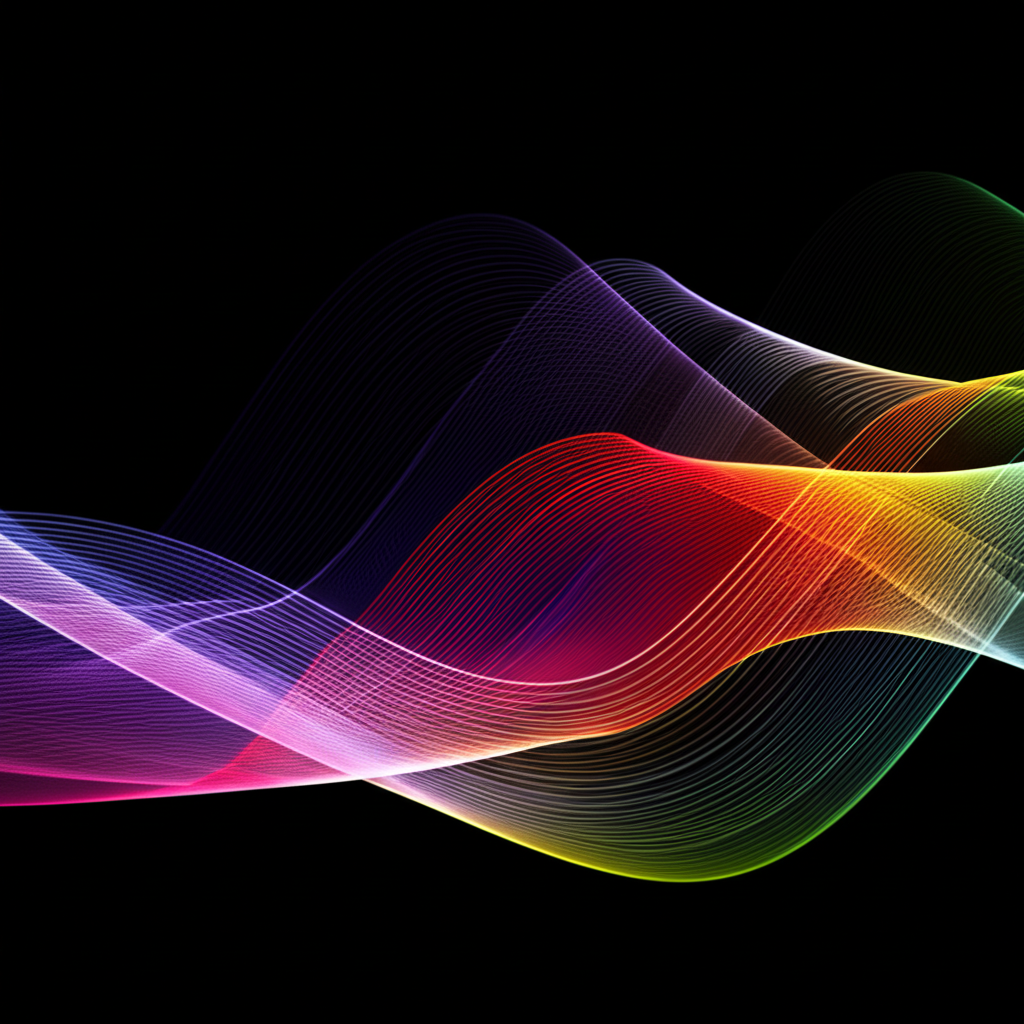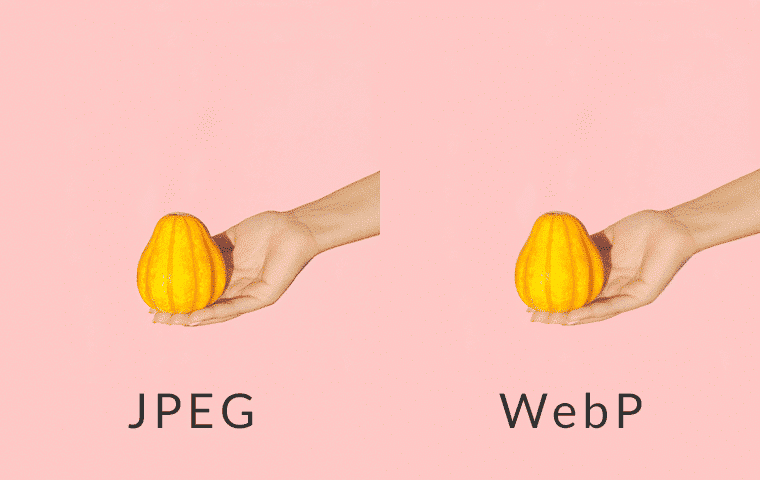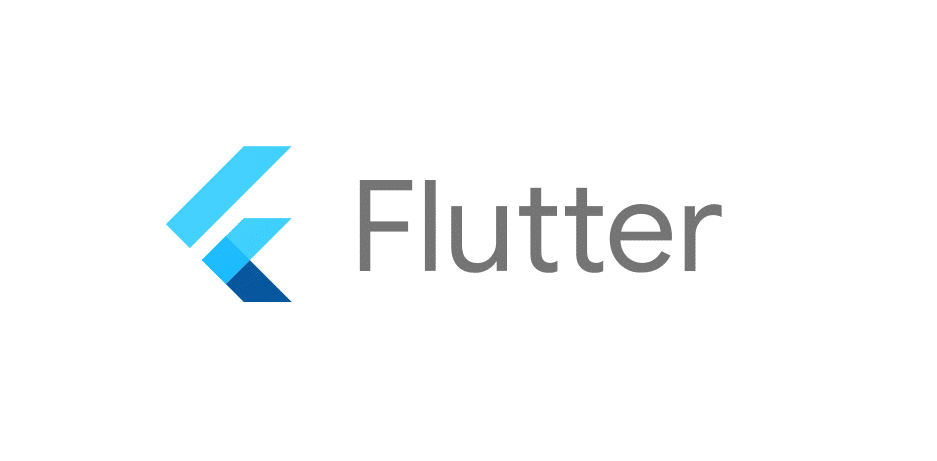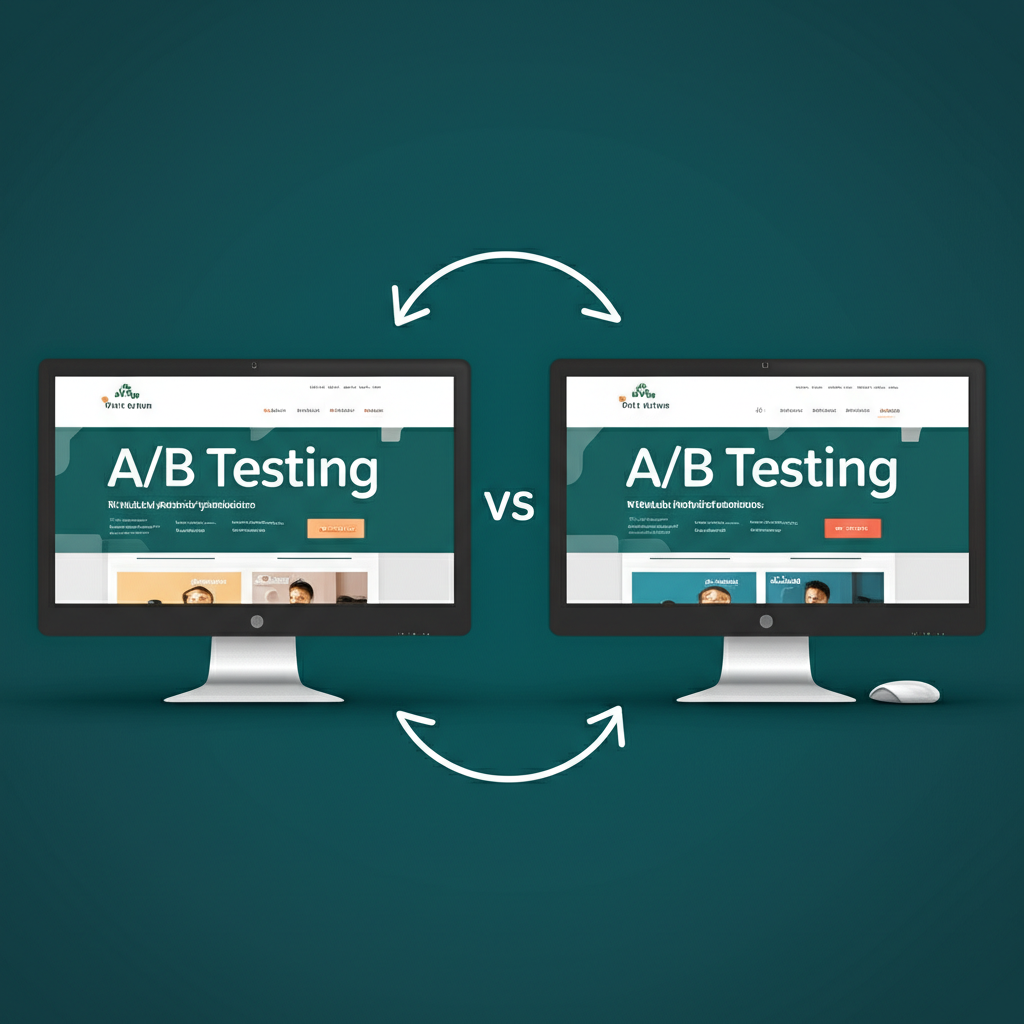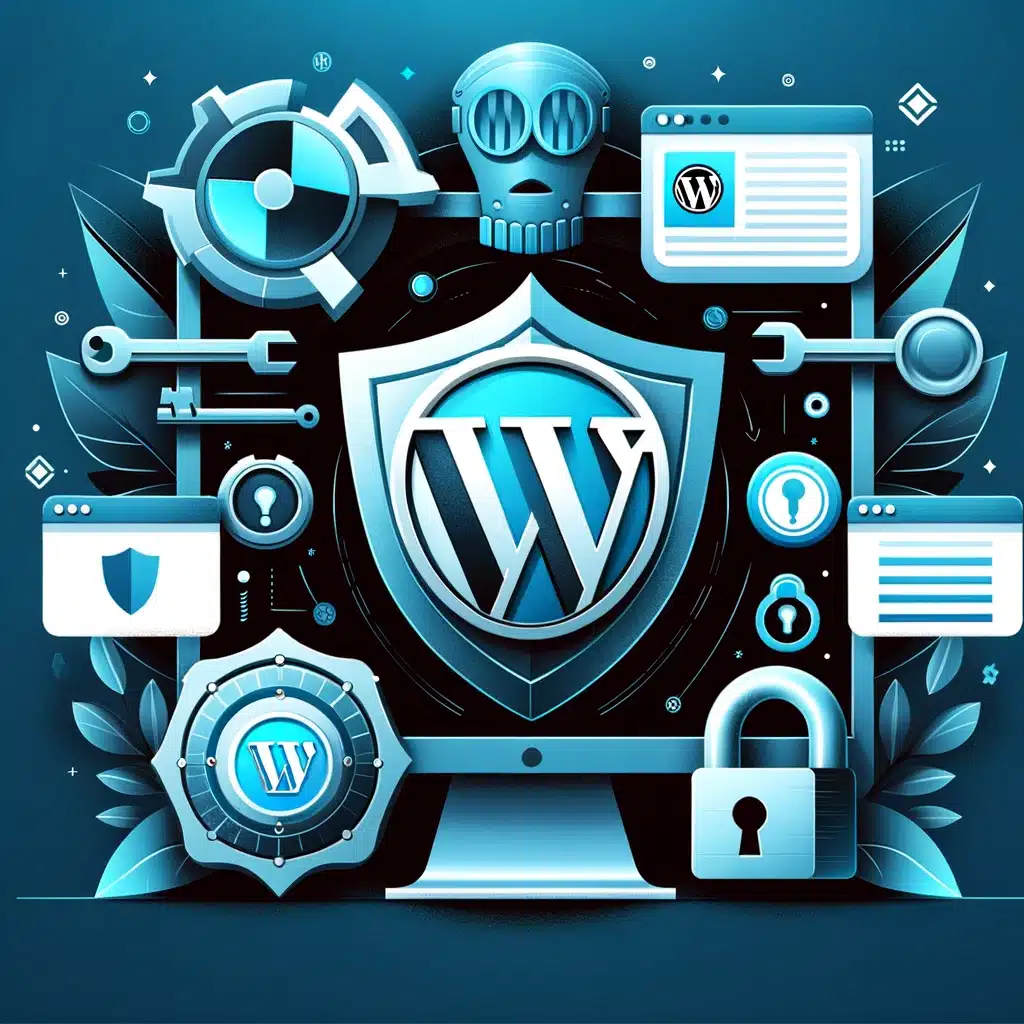The digital landscape is constantly evolving, and web design is no exception. Keeping up with the latest advancements is crucial for businesses and designers alike to create captivating online experiences. This article explores the future of web design, highlighting emerging trends to watch, and providing insights into how these trends will shape the online world of tomorrow. Are you ready to glimpse into the future of the web?
Immersive Experiences: Taking Center Stage
One of the most significant shifts in web design is the focus on creating immersive experiences. This involves leveraging technologies like virtual reality (VR), augmented reality (AR), and 3D modeling to blur the lines between the physical and digital worlds. Imagine exploring a product in 360 degrees from the comfort of your home or virtually trying on clothes before purchasing. This level of immersion enhances user engagement and provides a memorable online experience, pushing the boundaries of what’s possible in web design.
The Rise of WebXR
WebXR, the web-based standard for VR and AR experiences, is making these technologies more accessible than ever. No longer confined to specialized apps, immersive experiences are becoming integrated directly into websites. This means users can access VR and AR content with just their web browser, opening up a world of possibilities for interactive storytelling, product demonstrations, and virtual tours.
Artificial Intelligence: Personalizing the Web
Artificial intelligence (AI) is revolutionizing web design by enabling personalized experiences tailored to individual user preferences. AI algorithms analyze user data to understand their behavior, interests, and needs, allowing websites to dynamically adjust content, layout, and even design elements in real-time.
AI-Powered Chatbots and Customer Service
AI-powered chatbots are becoming increasingly sophisticated, providing instant customer support and personalized recommendations. These intelligent assistants can answer questions, guide users through complex processes, and even anticipate their needs, leading to improved user satisfaction and streamlined online interactions.
The Evolution of Design Tools with AI
AI is also transforming the way websites are designed and built. AI-powered design tools can automate repetitive tasks, generate design variations, and even suggest improvements based on user data. This empowers designers to focus on the creative aspects of their work, accelerating the design process and fostering innovation.
The Metaverse and Web 3.0: Shaping the Future of Online Interaction
The metaverse and Web 3.0 are poised to reshape how we interact with the internet. The metaverse offers immersive, interconnected virtual worlds where users can interact with each other and digital environments. Web 3.0, built on blockchain technology, emphasizes decentralization, transparency, and user ownership of data.
Integrating Web Design with the Metaverse
As the metaverse gains traction, web designers will need to adapt their skills to create engaging experiences within these virtual worlds. This involves designing virtual spaces, avatars, and interactive elements that seamlessly integrate with the metaverse ecosystem.
Web 3.0 and the Decentralized Web
Web 3.0 presents new opportunities for web designers to build decentralized websites and applications. This shift towards a more user-centric web emphasizes data privacy, security, and user control, requiring designers to consider these factors in their design decisions.
Inclusive Design: Prioritizing Accessibility for All
Inclusive design is becoming increasingly important in the future of web design. This means creating websites that are accessible to everyone, regardless of their abilities or disabilities. This includes considerations for users with visual impairments, hearing difficulties, cognitive differences, and motor limitations.
Implementing Accessibility Standards
Adhering to accessibility guidelines, such as WCAG (Web Content Accessibility Guidelines), is crucial for ensuring websites are usable by all. This involves providing alternative text for images, using clear and concise language, and designing intuitive navigation structures.
Motion Design and Micro-interactions: Enhancing User Engagement
Subtle animations, transitions, and micro-interactions are playing a vital role in enhancing user engagement and creating a more dynamic online experience. These elements add a layer of polish and interactivity to websites, making them more visually appealing and enjoyable to use.
The Power of Subtle Animation
Motion design can be used to guide users through a website, highlight important information, and provide feedback on user actions. These subtle animations can significantly improve the user experience and make websites feel more responsive and engaging.
Sustainability in Web Design: Reducing the Environmental Impact
As awareness of environmental issues grows, sustainability is becoming a key consideration in web design. This involves creating websites that are optimized for performance, minimizing data transfer, and reducing the overall environmental footprint of online activities.
Optimizing for Performance and Efficiency
Sustainable web design practices include optimizing images and videos, minimizing the use of resource-intensive scripts, and choosing eco-friendly hosting providers. These efforts can significantly reduce the energy consumption associated with websites and contribute to a more sustainable digital future.
In conclusion, the future of web design is dynamic and exciting. By embracing these emerging trends—immersive experiences, AI personalization, the metaverse, inclusive design, motion design, and sustainability—designers and businesses can create captivating online experiences that meet the evolving needs of users and shape the digital landscape of tomorrow. What trends are you most excited to see develop? Let us know in the comments below!

